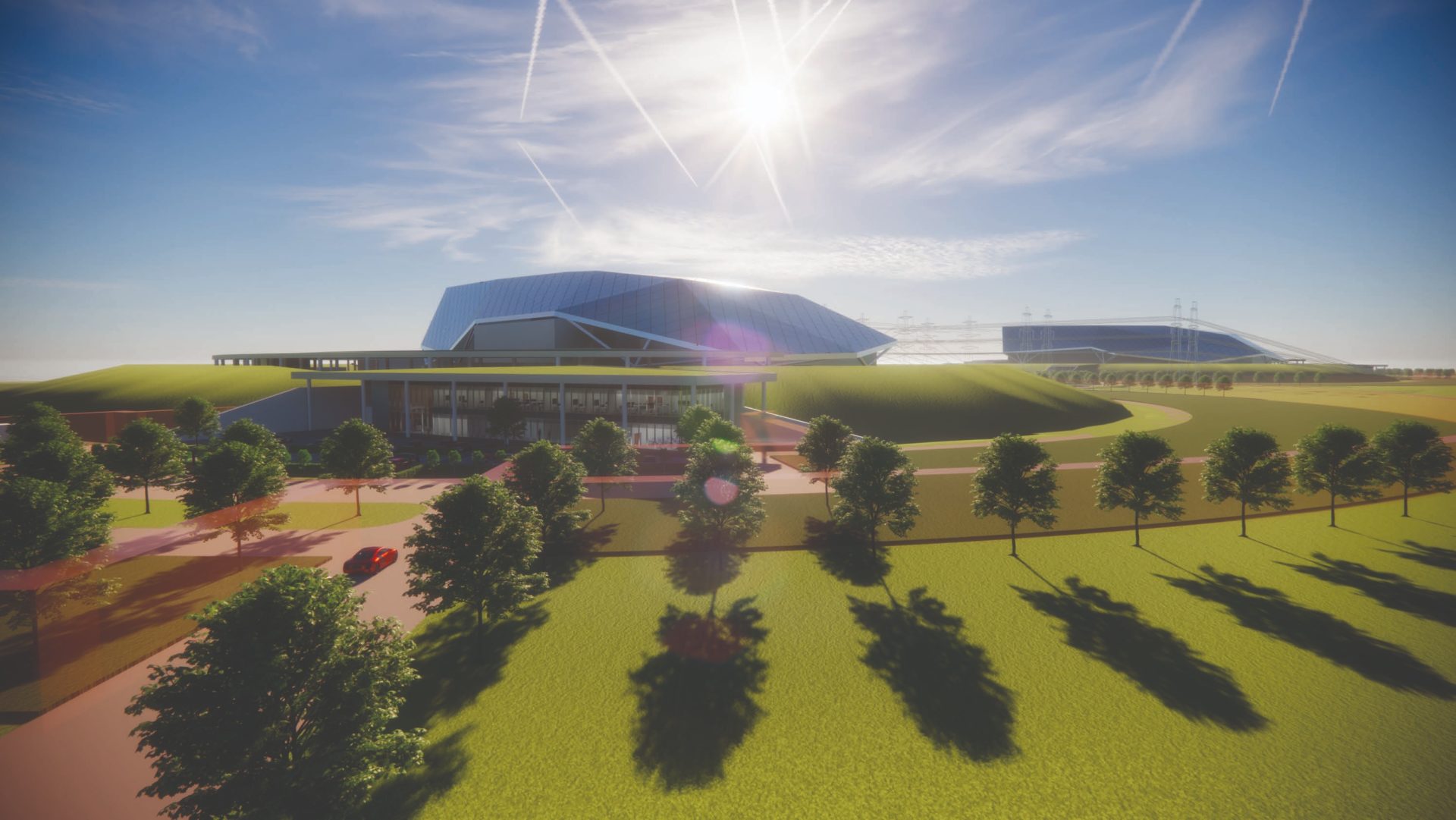
A Rolls-Royce-led consortium featuring BAM Nuttall and Laing O’Rourke has managed to boost the power capacity of a compact nuclear power station set to be built in the early 2030s, following a design update.
The small modular reactor’s first design phase has been completed on time and under budget, and the design is now set to be reviewed by regulators in the second half of 2021.
The updated design means that the power station’s capacity has been increased from 440MW to 470MW without additional cost. A total of 200 engineering decisions were made during the latest phase of the design.
The consortium, led by Rolls-Royce, also involves: Assystem, Atkins, BAM Nuttall, Jacobs, Laing O’Rourke, National Nuclear Laboratory, Nuclear Advanced Manufacturing Research Centre, and TWI.
The power station’s design uses standard nuclear energy technology and does not require any prototyping. Meanwhile, the components for the power station are manufactured in modules in factories, before being transported to existing nuclear sites for rapid assembly inside a weatherproof canopy.
If the designs are approved, it hopes to build the first small modular reactor in the early 2030s, and up to ten by 2035. Each power station is expected to be able to supply enough energy for around one million homes, or be used to power net zero hydrogen and synthetic aviation fuel manufacturing facilities, desalination plants or energy-intensive industrial sites.
The refreshed design features a faceted aesthetic roof; an earth embankment surrounding the power station to integrate with the surrounding landscape; and a more compact building footprint.
Tom Samson, chief executive officer of the UK SMR consortium, said: “Nuclear power is central to tackling climate change, securing economic recovery and strengthening energy security. To do this, it must be affordable, reliable and investable, and the way we manufacture and assemble our power station brings down its cost to be comparable with offshore wind at around £50 per megawatt-hour.
“As we reach the end of our first phase, I’m proud that our team has designed a product that can be commoditised to provide the scale required to be a key part of the world’s decarbonisation efforts. We are ready to go and hope to be first in line to start the rigorous Generic Design Assessment process in the autumn of this year.”










